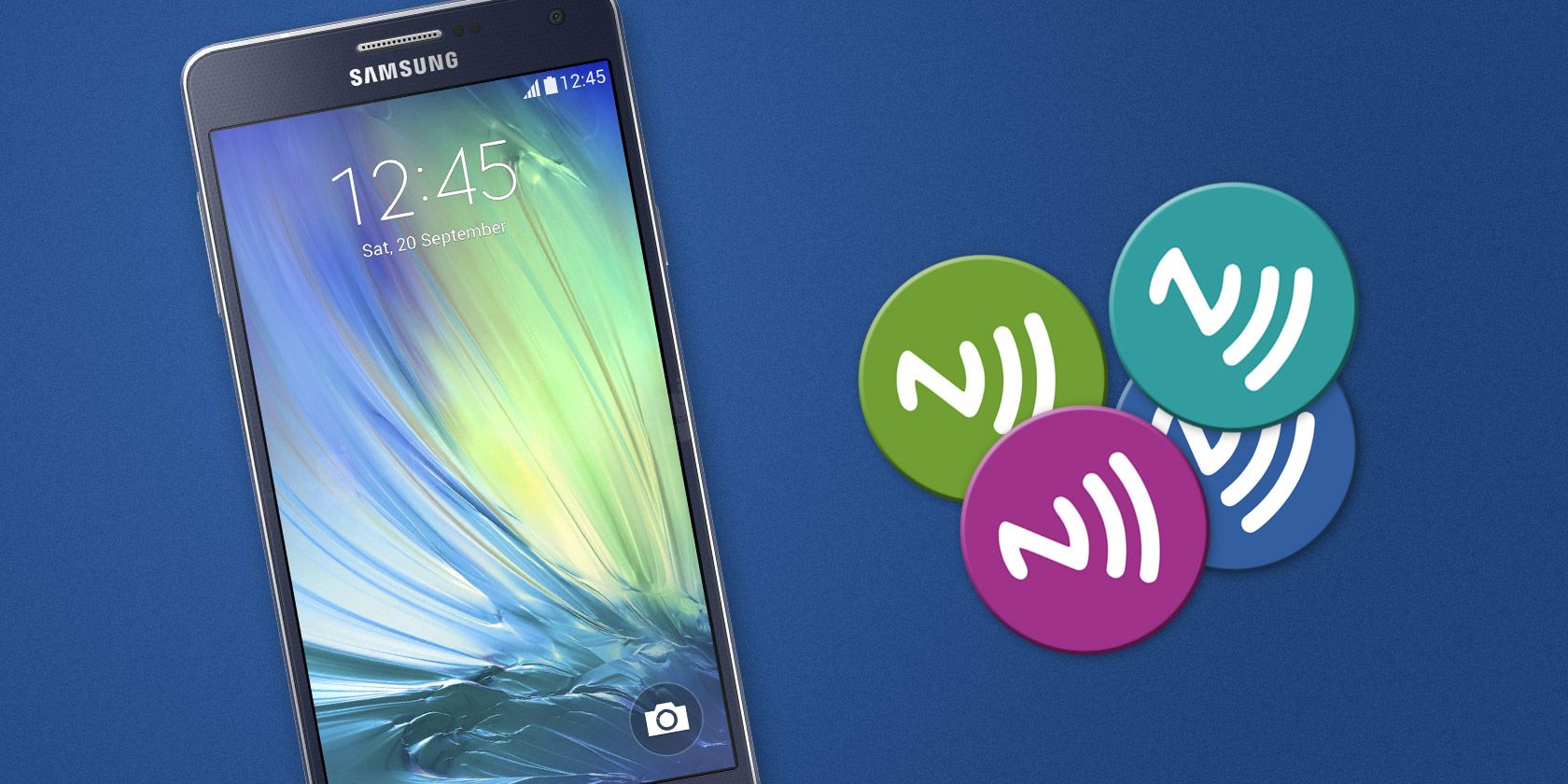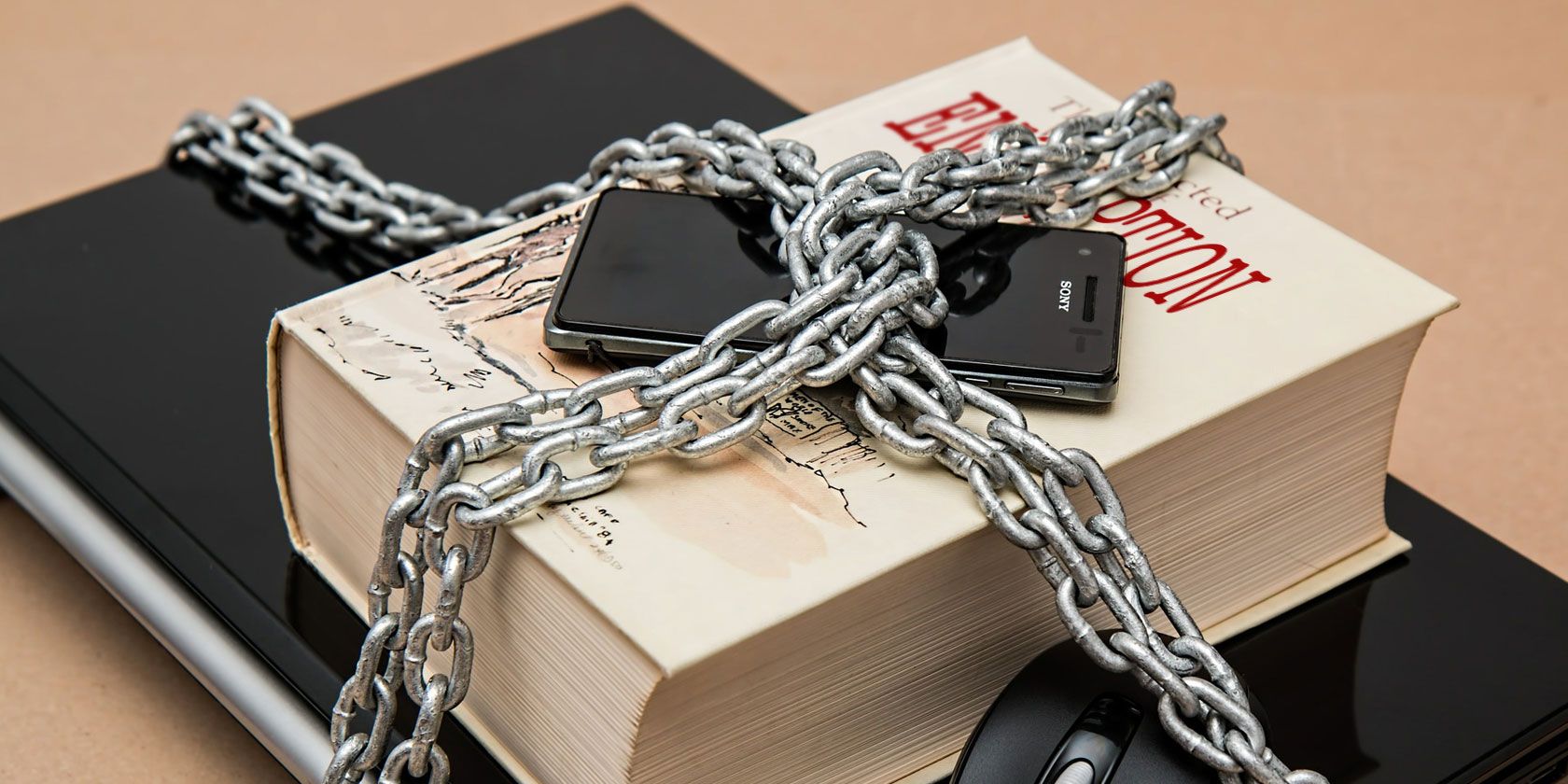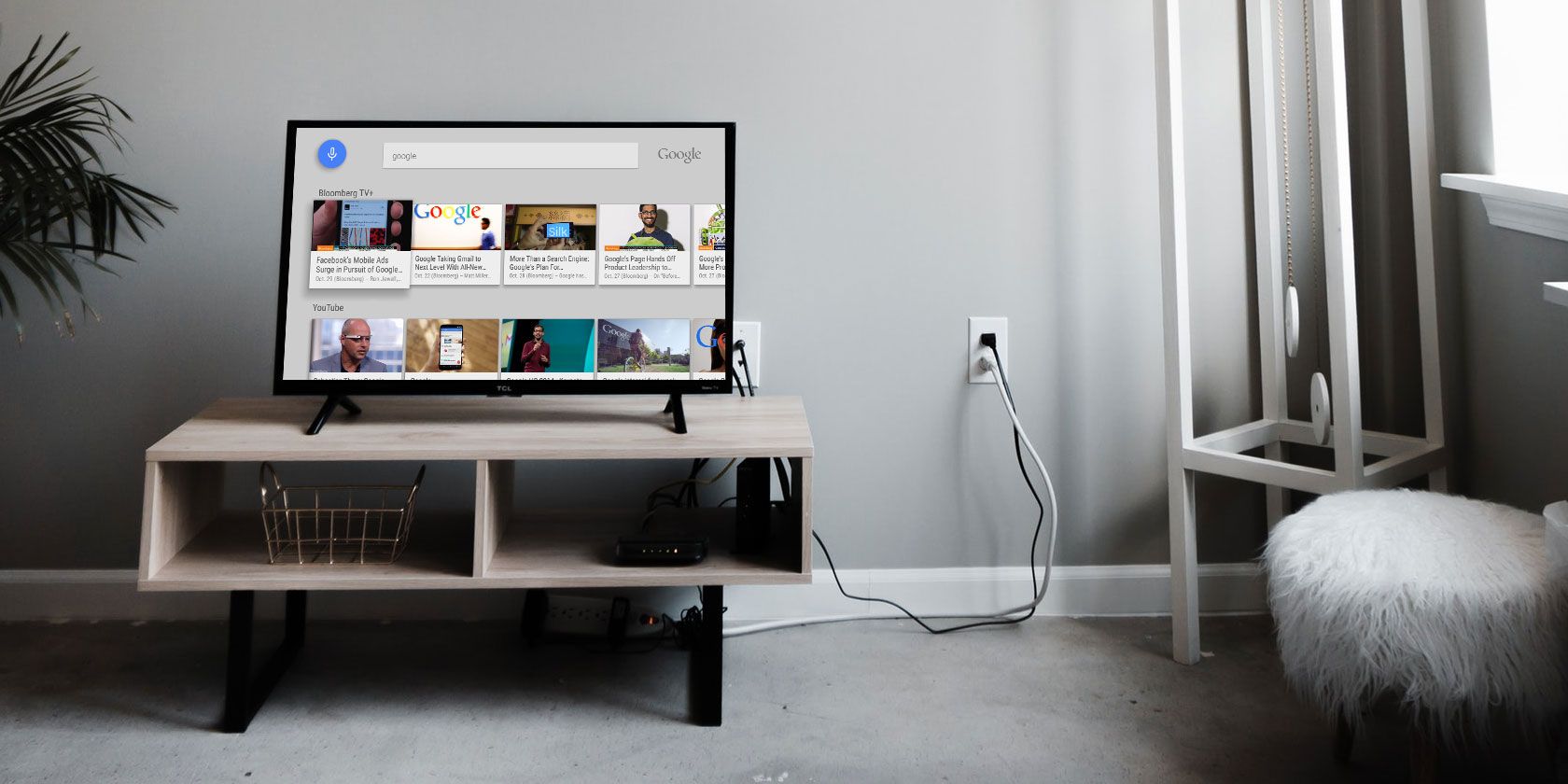
Near Field Communication, known as NFC, may sound like a dry, technical specification. In many ways, it is. However, the applications of NFC are worth considering.
Android smartphones have had access to NFC for many years, while Apple’s iPhones previously had a feature-limited version. However, both platforms use the wireless technology for contactless payments, headphone pairing, and some level of automation.
If you want to make the most of NFC applications, we’ll show you how.
What Is NFC?

Near Field Communication (NFC) allows wireless communication between two electronic devices that are close to each other. Officially, NFC can support distances of up to 1.5 inches apart, but in practice, it can be up to 4 inches.
Generally, this comes in two forms; device to device communication or readable tags. While it is possible to make two devices interact via NFC, there are generally better methods of achieving this either through physical cables or other wireless technologies like Bluetooth or Wi-Fi.
That said, contactless payments are facilitated via NFC. So, when you walk into your local store and pay with your phone using Google Pay or Apple Pay, the transaction is initiated via NFC.
The primary interaction method, then, is between a device like a smartphone and a readable NFC tag. These tags are small, cheap, and unpowered. This is made possible because the reading device, often your smartphone, can generate a Radio Frequency (RF) field that will power the tag.
NFC Compatibility

Android devices have supported NFC since the early days of the smartphone, but Apple chose to withhold support on the iPhone. However, when the company unveiled Apple Pay, a contactless payment system enabled by NFC, they began including these wireless chips on iPhones.
Before iOS 11, the company limited its use just to Apple Pay. However, iPhone models from the iPhone 7 and newer running iOS 13 and above now support contactless payments, the ability to read NFC tags, and the capability to write them, too.
This brings both mobile platforms into step with one another, allowing you to use NFC on your Android smartphone or iPhone. However, the specifications of Android phones vary considerably, so NFC support isn’t guaranteed. This is especially true of the affordable end of the market, where other features are given priority.
What You’ll Need
Timeskey NFC Stickers (10 Pack) Timeskey NFC Stickers (10 Pack) Buy Now On Amazon $9.99If you own an NFC-compatible smartphone, then you’ll need to purchase some NFC tags before you get going. There are many types of NFC tags available, ranging from the affordable through to expensive industrial use varieties.
To make the most of the following NFC applications, you’ll want to invest in a set of rewritable NFC tags. Although there is a wide range of available tags, the Timeskey NFC Stickers (10 Pack) are great value, can be rewritten, and are easy to place wherever you need them.
You’ll also need to download an NFC tag writer app to your smartphone. NFC-enabled iPhones can read tags without additional software, but your experience may vary on Android.
There are many apps on the Google Play Store and Apple App Store that can write tags, one of the best options is the NFC TagWriter by NXP. The app is available for both mobile platforms and is easy to use.
Download: NFC TagWriter by NXP for Android | iOS (Free)
The Best Ways to Use NFC
Once you’ve got a compatible smartphone, rewritable NFC tags, and downloaded a tag writing app, you can then begin to make the most of what NFC can offer. As the tags can be rewritten, you can experiment with your own automated setup. That said, there are plenty of NFC uses that you can get started with right away.
1. Instantly Connect to a Wi-Fi Network
Wi-Fi passwords are lengthy and complicated. This makes connecting to your network a pain. If you’d rather replace that cumbersome process with a single tap, you can write your Wi-Fi password to an NFC tag. Android and iOS support this feature, so a tap on the tag will pre-populate Wi-Fi connection details and get you online without any fuss.
If you like this idea, but would rather have something a bit more formal, consider a product like the Wifi Porter. The device is a well-designed, easy-to-use NFC device that does the same thing. Still not sure? Take a look at our review of the Wifi Porter before investing.
2. Get Yourself Out of Bed
Waking up in the morning can be a considerable challenge. For some people, even the most relentless alarm clock doesn’t help. In that case, consider using an NFC tag to motivate you out of bed instead. Apps like Sleep As Android integrate alarms with NFC tags, through the use of in-app captchas.
These aim to verify that you have acted by making you interact with a physical item. Use the app to write an NFC-based captcha, then the only way to disable the alarm is to venture out of bed, find the NFC sticker, and tap your phone against it.
3. Launch a Website
There might be times when you want to direct someone to a specific website. This can be a bit tricky, especially if it’s not a simple website address. Instead of having them type out a long random URL, you can write the URL to an NFC tag. When tapped, it loads the user’s mobile browser and directs them straight to the site you wanted.
4. Automatically Enter Driving Mode
iPhone users know that when they get into the vehicle and connect to their in-car entertainment system, their phone will automatically enter Driving Mode. This silences notifications and optimizes your setup for your journey. Although some Android smartphones can do this, the majority don’t.
If you’d prefer to automate this process, you can write the tasks to an NFC tag. When placed inside the car, a tap of your phone can perform actions like enable Do Not Disturb, turn on or off data, and open your navigation app.
Some NFC tag writing apps, like Trigger on Android, let you set up a toggle switch to reverse the actions. So, the first tap will enable Driving Mode, while a second can disable it and return your phone to normal operations.
5. Make Payments
As we mentioned earlier, NFC enables contactless payments when using services like Google Pay or Apple Pay. In many places around the world, contactless payments have become commonplace. Indeed, in many food and convenience stores in the US, contactless is the preferred method of payment.
Both Apple Pay and Google Pay allow you to keep track of your spending, analyze your habits, and store coupons. Additionally, opting for NFC payments means you no longer need to carry other payment methods alongside your phone.
6. Automate Common Phone Tasks
Android and iOS now have methods of automating regular tasks, but they don’t always offer the kind of flexibility you’re after. Using NFC, you can set up shortcuts for actions like calling a specific friend or family member, opening your camera, or running your favorite streaming service as you leave the house.
If you want a more efficient way to automate these shortcuts, consider investing in a set of DIMPLE Smart Buttons. These physical buttons stick to the rear of your smartphone near the NFC chip. When pressed, they activate a custom NFC task, which you can set via the DIMPLE app.
7. Share Media
If you create videos for YouTube, stream on Twitch, or release music on Spotify, one of the biggest challenges is getting people to see your content in the first place. You can overcome this hurdle with NFC.
It’s possible to embed a link to your work on the NFC tag and then strategically stick it somewhere that’ll get people interested. Just be sure to explain what is on the tag, as people may be wary of the notable NFC security issues.
The Best Uses for NFC
NFC chips have changed the way we interact with the world around us. These cheap electronic components have enabled contactless payment systems like Google Pay and Apple Pay, made some physical tickets redundant, and made home automation an affordable reality.
However, although NFC is undoubtedly useful, like all technology, it is vulnerable to security issues, too. Before you delve into the wireless technology, you might want to read up on how a drive-by NFC hack works.
Read the full article: How to Use NFC: 7 NFC Uses That’ll Impress Your Friends
from MakeUseOf https://ift.tt/2xWadom
via IFTTT



0 comments:
Post a Comment